The Ganesh Temple at Ganpatipule in Ratnagiri district of kokan which is located at a distance of 350 kms. from Mumbai is very ancient, right from the Peshwas. In ancient literature like Mudgal - puran etc. this Lambodara's (Ganesh) temple is being referred as "Paschim Dwar-Devata" (Western Sentinal God).

Various myths are prevalent about the temples and dieties in kokan.
Ganpatipule is one of the "Ashta Dwar Devatas" (Eight Welcoming Dieties) of subconntient and is known as Wester'n Sentinal God. Pandanus Odoratissimus. During the reign of Muguls (about 1600 years before), there was a 'kevada' (Flower tree). Jungal at the foot of the hill where the temple of 'Swayambhu' Ganapati is presently situated. Here lived Balbhatji Bhide, a brahmin, who was renter of the village, during the moghul period, Bhide encountered a major personal problem. Bhide being a determined person. that he was, made up his mind to give up food and water till being relieved of personal calamity. Hr stayed in the Kevada - Jungal for penance and worship his tutelar direty 'mangalmurti' (Lord Ganesh).
During this period, Bhide has a vision about Lord Ganesh who said, " I have come to Aagargule (Ganesh Gule) to fulfill the wishes of my devotees. The hill is my 'nirakar' from (Void from) You worship and propitiate here, and will be relieved of all your difficulties".
During the same period, one of the cows of Bhide was not giving milk, for which reason, the cowherd kept a close watch on her. He was astonished to see that the milk was flowing from cow's udder on the place where the idol of the God is placed at present. The cowherd narrated the incident to Bhide. on Cleaning up the entire area Bhide found the idol of Ganesh which he had seen in his vision He built a shrine here and started performing rituals.
Ganpatipule derived its name from "Ganapati" or the Lord of "Ganas" (army) and 'Pule' which means sand dune. In those days, this village was sparsely populated. Mostly people stayed around the nnorthen part of the village since western part of the village was a slope The tutelar diety Lord Mangalmurty to the preferred to be at small village adjacent to the western coast of India along the Arabain sea.
FESTIVALS and CELEBRATIONS
Various festivals and celebrations are enthusiastically carried out in the temple throughout the Year.
Celebration in Bhadrapad

Bhadrapad shuddha pratipada to panchami.
Aarati, Mantrapushpa and Keertan every night.
Mahaprasad on the anspecious day of Waman Dwadashi.
Magh Celebrations

Magh Suddha 1 to Magh Suddha 5.
Aarati, Mantrapushpa and Keertan every night.
Magh Shuddh 6 – Cultural Programmes at night.
Magh Shuddha 7 – Mahaprasa at noon and cultural Programms at night.
Dasara

At the Samadhi (Holy Tomb) of Bhide Bhatji, a pooja takes place at early morning and 2100 Boondi Ladus are distributed among the devotees on Dasara Day. All the drums, Shahnai etc. temple instruments are worshipped and the palanquin marches for simollanghan (Symbolic crossing of the out skirts) in the evening.
The palanquin halts on the circum navigation path at the Shamee tree, followed by a pooja and the shamee leaves are looked as a symbol of gold. The seleaves are offered to Lord Ganesh at the temple and the palanquin celebration gets over.
Deepotsav (Festival of Lamps)

Kojagiri full-moon-night to Tripuri full-moon-night.
Lamps are lit at the time of Aarati every evening between Ashwin Shuddha 15 to Kartik Shuddha 15
Vasant Puja

Chaitra Shuddh 1 to Vaishakh Shuddh 3 (Gudhipadava to Akshayytritiya).
Palanquin Procession of the Lord


On every Sankanshti (i.e. 12 time a year), on Gudhipadwa, Dasara, Deepawali (First Day) Ganesh Chaturthee (Bhadrapad Suddha 4), Maghi Chaturthee (Magh shuddha 4) are the specific SEVENTEEN times, on which the Lord Ganesh is worshipped with this procenion.
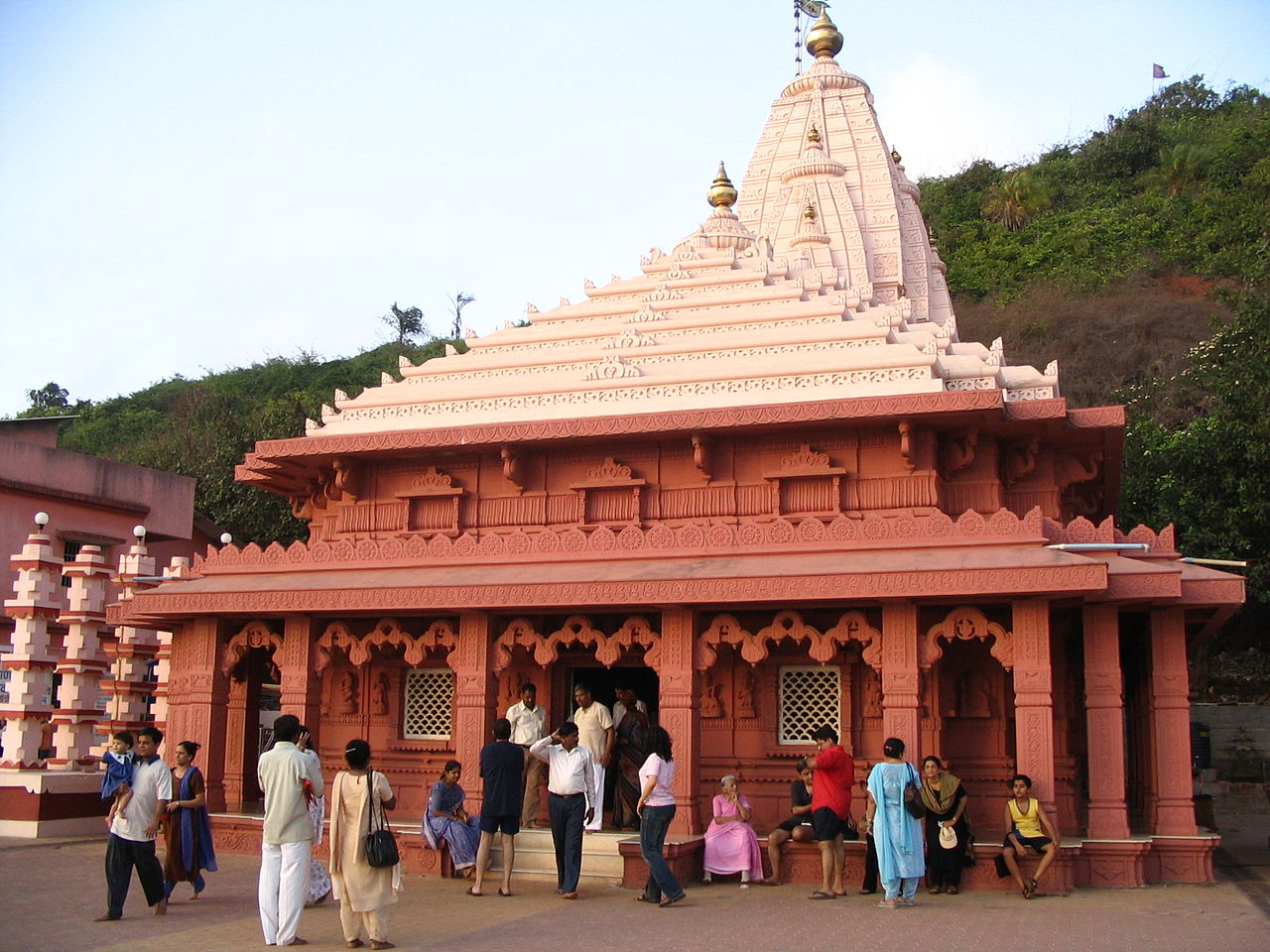
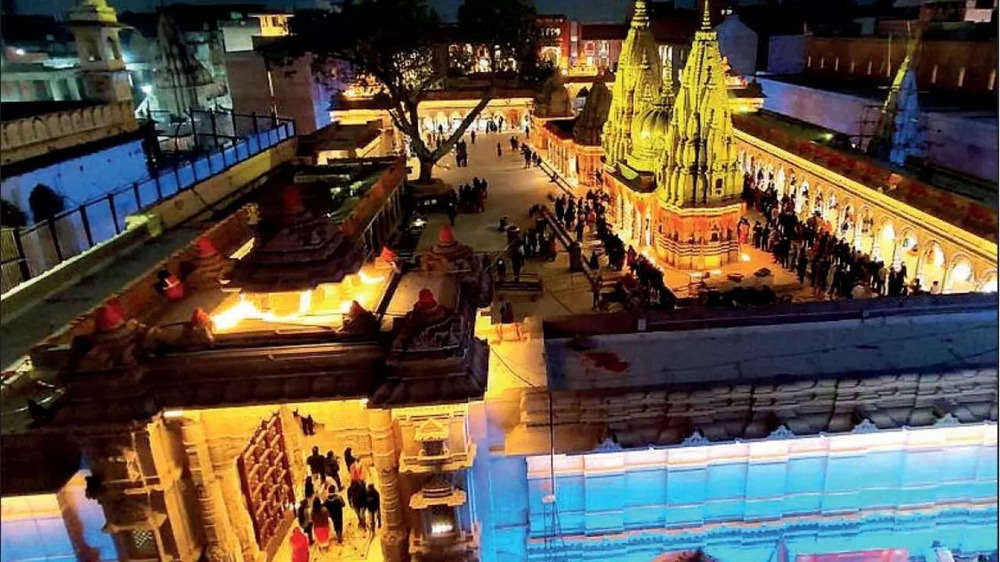
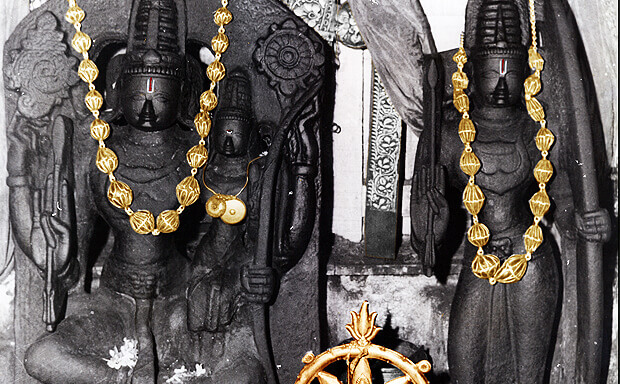
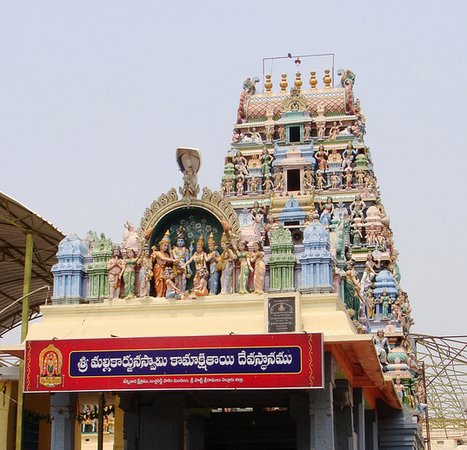
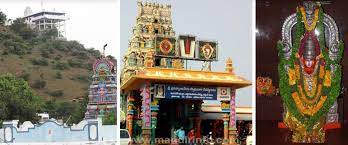
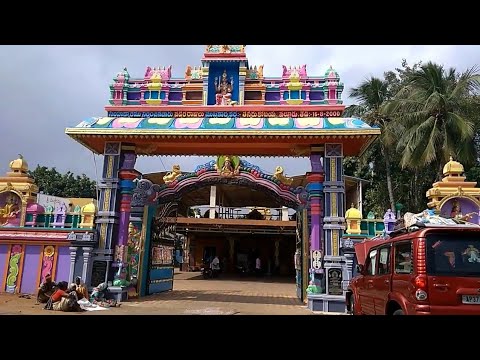
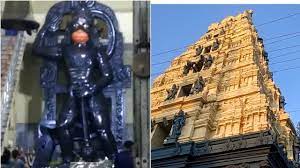
Enquiry Form for Customized Package